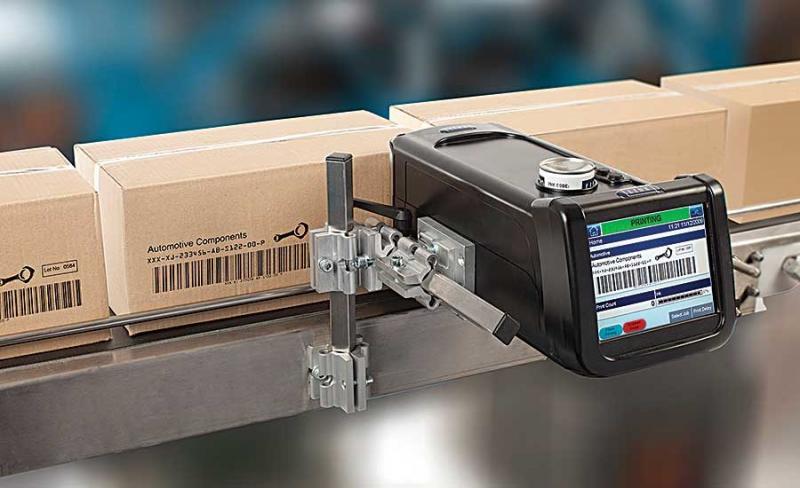The world of coding and marking has evolved remarkably over the years, from simple hand-stamped labels to sophisticated laser etchings.
As technology advances, the future of coding and marking promises to bring even more innovative solutions, ensuring greater efficiency, accuracy, and sustainability. Here’s a look at what lies ahead.
Digital and Smart Coding Systems
The integration of digital technology into coding and marking systems is set to revolutionize the industry. Smart coding systems, equipped with IoT (Internet of Things) capabilities, can communicate with other devices on the production line to ensure seamless operation.
These systems can automatically adjust coding parameters based on product type, size, and speed, minimizing downtime and reducing errors.
Real-time monitoring and data collection allow for predictive maintenance, identifying potential issues before they cause significant disruptions. This means fewer unexpected breakdowns and more consistent production runs.
Laser Coding: Precision and Versatility
Laser coding technology is becoming increasingly popular due to its precision and versatility. Unlike traditional ink-based methods, laser coding can create high-resolution marks on a variety of materials, including plastics, metals, and glass, without the need for consumables like ink or ribbons.
This makes laser coding both cost-effective and environmentally friendly.
Future advancements in laser technology will likely enhance its capabilities, allowing for even faster marking speeds and greater detail. This will be particularly beneficial for industries such as pharmaceuticals and electronics, where small, intricate markings are essential.
Sustainable Solutions
As sustainability becomes a priority for businesses and consumers alike, the coding and marking industry is responding with greener solutions.
Water-based and solvent-free inks are already making strides, reducing the environmental impact of traditional ink-based coding.
Biodegradable and recyclable labels are another area of focus, helping companies minimize their carbon footprint. Future developments will likely see more eco-friendly materials and processes being adopted, aligning with global sustainability goals.

Augmented Reality and Enhanced Consumer Engagement
Augmented reality (AR) is poised to take consumer engagement to the next level. By integrating AR into product packaging, companies can provide interactive experiences that go beyond the physical label. Consumers can use their smartphones to scan codes and access a wealth of information, from product origins and ingredients to usage tutorials and promotional content.
This not only enhances the consumer experience but also builds brand loyalty and trust. As AR technology becomes more widespread and affordable, its integration into coding and marking systems will become increasingly common.
Blockchain for Traceability and Security
Blockchain technology offers a secure way to track products throughout their lifecycle, providing an immutable record of each step in the supply chain. This is particularly valuable for industries where traceability and authenticity are critical, such as pharmaceuticals, food, and luxury goods.
By linking coding and marking systems with blockchain, companies can ensure the authenticity of their products and prevent counterfeiting. Consumers, in turn, can verify the origin and journey of the products they purchase, fostering transparency and trust.
Artificial Intelligence and Machine Learning
Artificial intelligence (AI) and machine learning (ML) are set to play a significant role in the future of coding and marking. These technologies can analyze vast amounts of data to optimize coding processes, predict maintenance needs, and identify patterns that might indicate potential issues.
AI-driven systems can also enhance quality control, automatically detecting and rejecting products with incorrect or unreadable codes. This ensures that only products meeting the highest standards reach the market.
Conclusion
The future of coding and marking is bright, driven by technological advancements and a growing emphasis on sustainability and consumer engagement. Digital and smart systems, laser coding, augmented reality, blockchain, and AI are all set to transform the industry, making coding and marking more efficient, precise, and interactive than ever before.
As these technologies continue to evolve, businesses will be able to enhance their production processes, ensure product authenticity, and provide consumers with richer, more engaging experiences. The key to success will be staying ahead of these trends and integrating these innovations into their operations.
